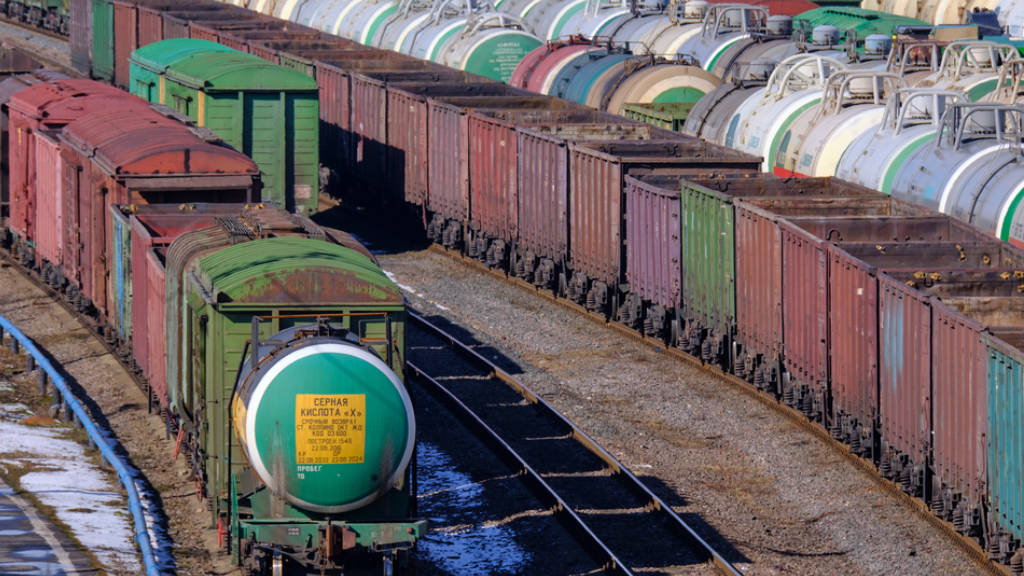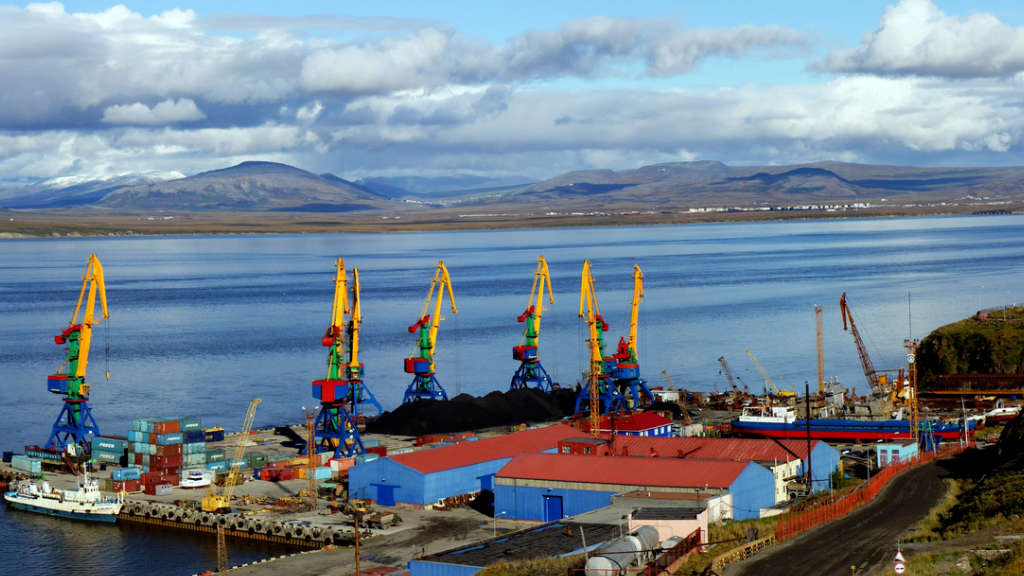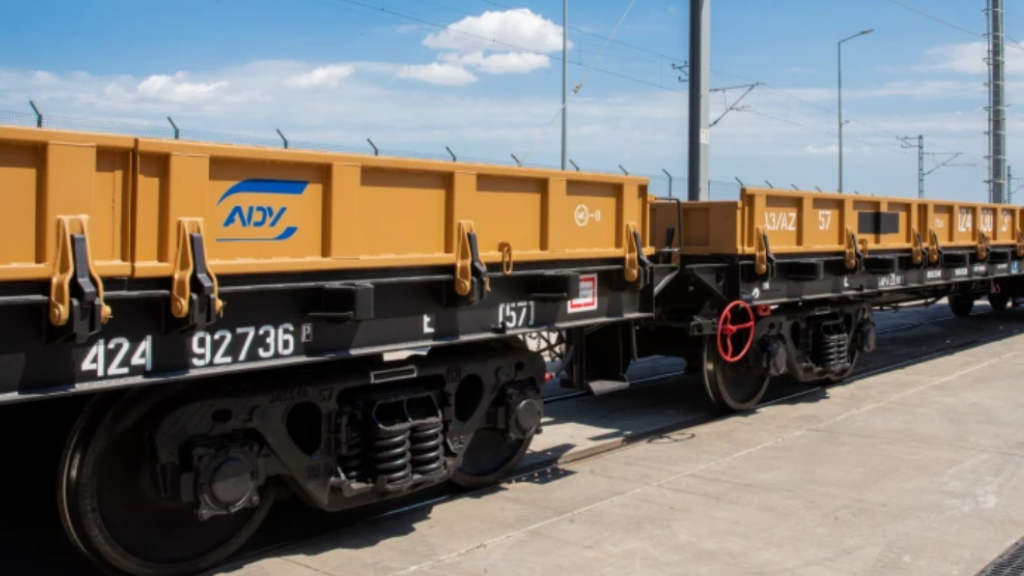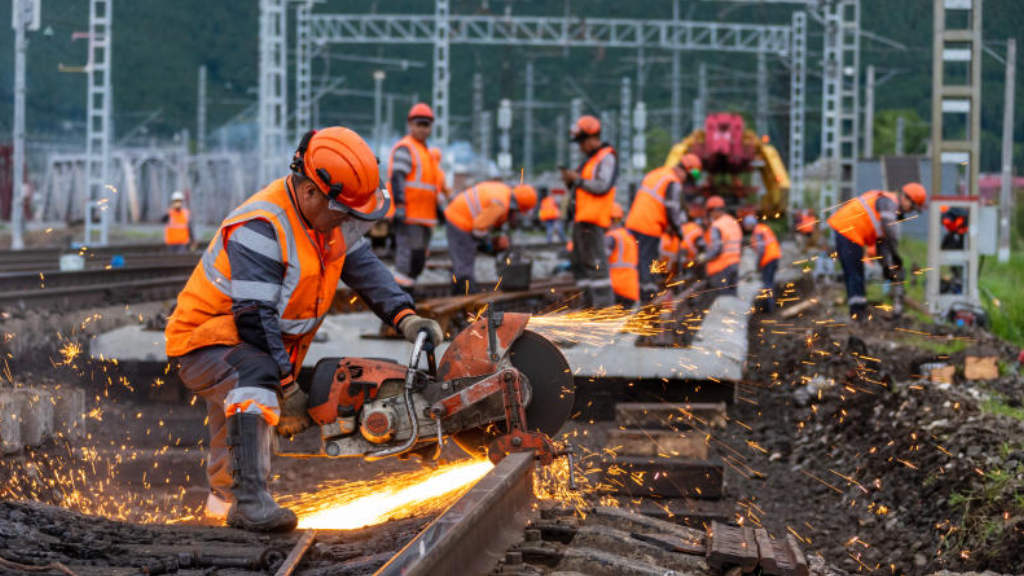The flow of cargo traffic via the International North-South Transport Corridor (INSTC) may reach up to 60-100 million tonnes in the future, depending on necessity and relevance, Russian Transport Minister Vitaly Savelyev has said. To put that into context, this would be roughly equivalent to 10% of the global tonnage that transited the Suez Canal in 2023.
Savelyev was speaking at a meeting between Russian and Azerbaijani presidents, Vladimir Putin and Ilham Aliyev, with management of the Baikal-Amur Mainline on Monday (April 22). Savelyev stated that “In the future, the flow of cargo traffic may rise to 60-100 million tonnes from today’s 7-15 million tonnes. It will gradually develop, growing to 15, 30, 60 and so on, depending on necessity, on how relevant it is. In fact, we have quite serious expectations, and we believe that this corridor will be one of the main Eurasian transport corridors.”
Russian Deputy Prime Minister Marat Khusnullin, who also attended the meeting, updated media on the Rasht-Astara railroad section. “The President said today that another step has been taken in the development of the construction of the Rasht-Astara railroad, being the main route between Azerbaijan and Iran. The Rasht-Astara section, which we are to build 162 kilometres with the is expected to be finalized in 2027-2028. The Azerbaijani side is improving its part of the road, which allows carrying 7 million tonnes today. We want to increase it to 15 million tonnes and above.”
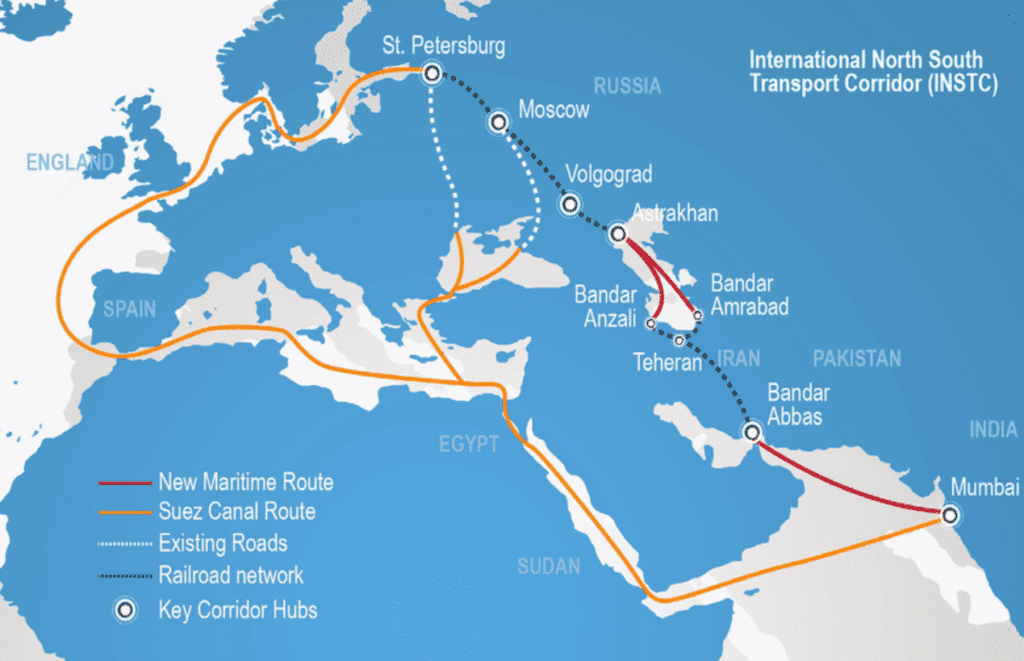
The INSTC is a multi-modal route that allows Russian imports and exports to travel North-South from Russia to ports on the Caspian Sea or via road via Azerbaijan and Iran through to Iran’s ports on the Persian Gulf. From there they can reach markets in the Middle East, East Africa and South Asia, and vice-versa. The INSTC also interconnects West with railway to the Caucasus and Turkiye through to the Black Sea, and East via Kazakhstan through to Central Asia and China.
Further Reading

